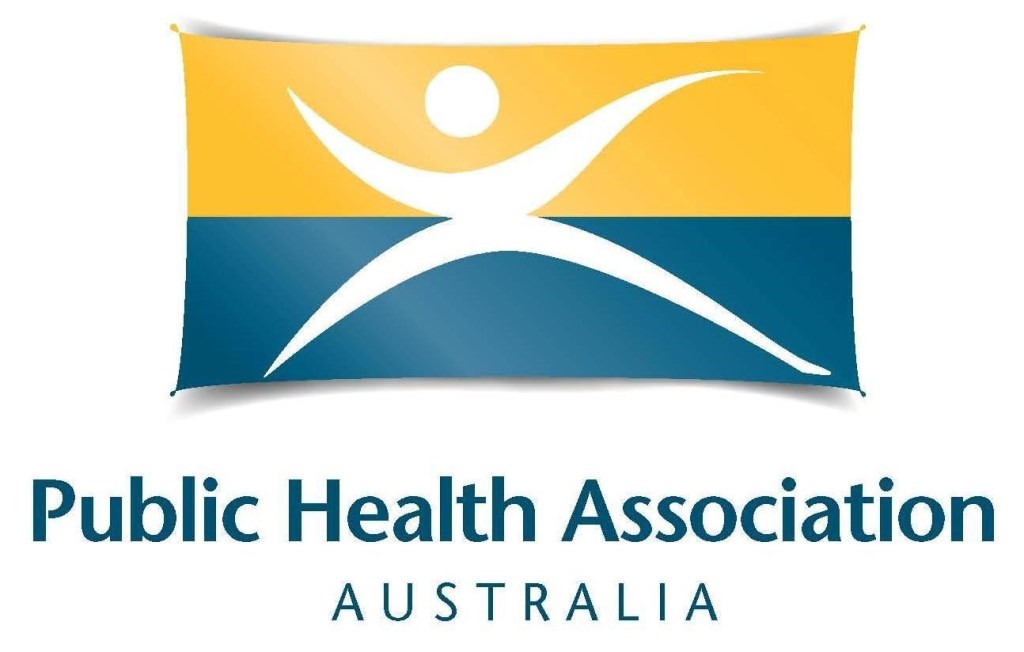Helen Tran, PHAA Intern
A recently published commentary by Maddox et al in the Australian and New Zealand Journal of Public Health highlights the opportunity that has presented itself for a “smoke free future” and nicotine free generations. A future which is looking more possible with Australia’s recent Consultation Draft National Tobacco Strategy 2022-2030 and the National Preventive Health Strategy, as well as Aotearoa New Zealand’s Smokefree Aotearoa 2025 Action Plan.
Smoking tobacco among Aboriginal and Torres Strait Islander peoples was entrenched through colonisation, when commercial tobacco was used in trading and in lieu of wages for labour work with many health implications. Despite significant declines in tobacco use, strong Indigenous leadership, and years of public health campaigns, smoking is still the single largest cause of preventable death and disease in Australia and New Zealand; a key driver of health inequities.
Māori in Aotearoa New Zealand were among the first to advocate for a Tupeka Kore (tobacco free) country and moving away from blaming the individual to the “true source of the problem: commercial tobacco and the Tobacco Industry”. The authors call attention to the need for communities to be in the driver’s seat, “we need to implement Indigenous-led game-changing, evidence-based structural change to foster a smoke free future. This includes self-determining mechanisms to instil agency, self-determination, and sovereignty. The time is now to improve our health and wellbeing, for our children, and future generations.”
What is Aotearoa New Zealand doing?
The Smokefree Aotearoa 2025 Action Plan (known as the Action Plan from here) was launched at the end of 2021 and contributes to decolonising tobacco. The three outcomes are to:
- Eliminate inequities in smoking rates and smoking-related illnesses
- Ensure the younger generation never take up smoking
- Increase the number of people who successfully quit smoking
It is important to embed Māori leadership and decision-making across all levels of the Action Plan. There are “key endgame strategies”, which will ensure smoking prevalence and health inequities are ultimately eliminated within a short time frame. This includes reducing the number of tobacco selling outlets, having very low-level nicotine products to make it less addictive and easier to quit, and having a smokefree generation. This is reinforced with cessation supports and increasing health promotion and community mobilisation.
What can Australia learn from Aotearoa New Zealand?
There is much Australia can learn from the Action Plan and the World Health Organization’s Framework Convention on Tobacco Control. The National Preventive Health Strategy includes comprehensive, systems-based approaches to help address and mitigate structural barriers that inhibit equitable access to public health, healthcare and health promoting behaviours. One of the focus areas is to reduce tobacco use and nicotine addiction. Some of the key learnings that Australia can incorporate includes:
- Embedding Indigenous governance and leadership
- Reducing the number of retail outlets
- Regulating tobacco products to make them less attractive and addictive
- Phasing out the legal sale of cigarettes to kick-start the nicotine free generation
The authors state that “more of the same is not enough and that multifaceted and systemic approaches are needed”. They conclude that the Tobacco Industry needs to be held accountable for the harms it has caused.
This is a critical step for caring and supporting communities, and the time for action is now if we want to a future free from tobacco and nicotine related harms.


Leave a Reply